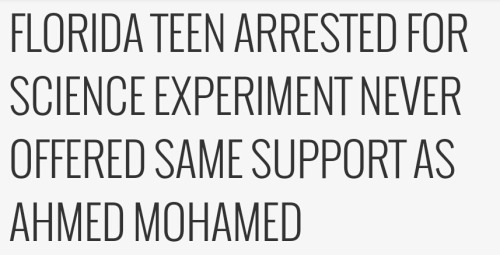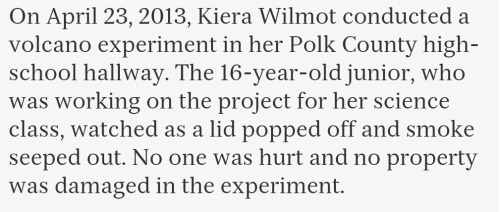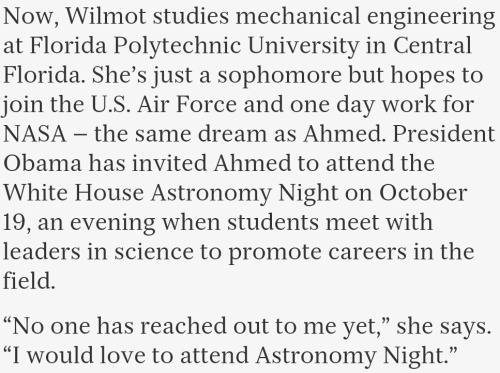Artificial Intelligence, Boon Or Bane? University Of Cambridge Set To Find An Answer

Artificial Intelligence, Boon or Bane? University of Cambridge Set to Find an Answer
Today’s science and technology are nearing a point where computers can recreate human-level intelligence. While it is difficult to say when exactly this will happen, some researchers are suggesting that this could take place sometime this century. In the press release, Stuart Russell, a world-leading AI researcher at the University of California, Berkeley, suggests that such a development would be “the biggest event in human history.”
Professor Stephen Hawking agrees, and adds that it remains to be seen whether or not artificial intelligence will be our greatest benefit or greatest downfall. He states, “when it eventually does occur, it’s likely to be either the best or worst thing ever to happen to humanity, so there’s huge value in getting it right.”
In anticipation of this, the University of Cambridge is to establish a new interdisciplinary research centre, the Leverhulme Centre for the Future of Intelligence, which will bring together computer scientists, philosophers, social scientists, and others to examine the technical, practical, and philosophical questions that artificial intelligence raises (or will raise) for humanity in the coming century.
It will be funded by a £10 million grant from the Leverhulme Trust.
Read more at: http://futurism.com/links/19069/
More Posts from Curiositytherover and Others
Typically the first question asked of new parents is, “Is it a boy or a girl?” But what is the brain biology behind sexual differences? Join Bridget Nugent, a researcher from the University of Pennsylvania, to learn about how sex differences are created in the brain.
Download this podcast or watch the video below:





How football relies on human evolution
Here are some insights about human evolution that will change the way you watch the Superbowl game. According to UC San Francisco evolutionary biologist Nathan Young, Ph.D., our species has evolved a specialized shoulder blade that can be used like a slingshot: storing energy in the windup, then rapidly releasing it in a powerful and precise fling.
And neuroscientist Philip Sabes, Ph.D. explains what is required of the brain in order to actually dominate the field.

Scientists Get Their First Glimpse At How New Memories Are Born
This is the closest we’ve come to watching new memories form in real time… http://futurism.com/scientists-get-first-glimpse-new-memories-born/






This is so sad. Women are already discouraged from pursuing science. Treating us like criminals for experimenting isn’t helping.




Today in the robot takeover: Disney has built a remote-control device that can climb walls while Singapore scientists created an eerie artificial being that can remember your past conversations (and may haunt your dreams.)

‘Gene drive’ mosquitoes could end malaria once and for all

Scientists Grow Vocal Cord Tissue in a Lab for the First Time, and It Produces Sound
Scientists in the University of Wisconsin-Madison have successfully grown functional vocal cord tissue in a laboratory - yes, vocal cords that work. This remarkable new tissue engineering technique could, someday, be used to restore the voices of patients who have certain voice disorders that are (at the present junctures) untreatable.
Read more at: http://futurism.com/links/scientists-grow-vocal-cord-tissue-in-a-lab-for-the-first-time-and-it-produces-sound/

For The First Time Ever, DNA Was Sequenced In Microgravity


We’ve hit peak drone everyone.
Introducing: The delivery drone for humans.
Jeff Williams: Record Breaker
Astronaut becomes U.S. record holder for most cumulative time in space!
The Olympics are over, but Americans are STILL breaking records. NASA astronaut Jeff Williams just broke Scott Kelly’s record of 520 cumulative days spent in space. When Williams returns to Earth on Sept. 5, he will have racked up 534 days in space. To celebrate this amazing achievement, here are some of the best images taken during his four spaceflights.

STS-101 Atlantis:
During May 2000, Williams made his first spacewalk during space shuttle Atlantis’ STS-101 mission. On this 10-day mission, Williams’ first spacewalk lasted nearly seven hours. He is pictured here outside the space station.

Expedition 13:
Williams experienced his first long-duration mission in 2006, when he served as flight engineer for Expedition 13 space station mission. During his time in orbit, he performed two spacewalks, saw the arrival of two space shuttle missions and resumed construction of the orbiting laboratory during his six-month tour. While on one of those spacewalks, Williams took this selfie.

Expedition 21/22:
Williams returned to space for another six-month mission in 2009 as a flight engineer on Expedition 21 and commander of Expedition 22. During that time, he hosted the crews of two space shuttle missions. The U.S.-built Tranquility module and cupola were installed on station. Here is an image of the then newly installed cupola.

Expedition 47/48:
This time around, Williams has been onboard the space station since March 2016, where he served as flight engineer for Expedition 47 and now commands Expedition 48. With over 7,000 retweets on Williams’ photo of an aurora from space, his Twitter followers were clearly impressed with his photography skills.
Make sure to follow us on Tumblr for your regular dose of space: http://nasa.tumblr.com
-
 cyphorical reblogged this · 9 years ago
cyphorical reblogged this · 9 years ago -
 forbiddenpebble liked this · 9 years ago
forbiddenpebble liked this · 9 years ago -
 funnyfoxes55 liked this · 9 years ago
funnyfoxes55 liked this · 9 years ago -
 schipmann liked this · 9 years ago
schipmann liked this · 9 years ago -
 darthhugo liked this · 9 years ago
darthhugo liked this · 9 years ago -
 noself liked this · 9 years ago
noself liked this · 9 years ago -
 dgfmaurizio liked this · 9 years ago
dgfmaurizio liked this · 9 years ago -
 andysgra liked this · 9 years ago
andysgra liked this · 9 years ago -
 bikabikachu liked this · 9 years ago
bikabikachu liked this · 9 years ago -
 killthelights666 liked this · 9 years ago
killthelights666 liked this · 9 years ago -
 ifyourelisteningurtheresistance liked this · 9 years ago
ifyourelisteningurtheresistance liked this · 9 years ago -
 xsadvboyx reblogged this · 9 years ago
xsadvboyx reblogged this · 9 years ago -
 xsadvboyx liked this · 9 years ago
xsadvboyx liked this · 9 years ago -
 ferrousmanus liked this · 9 years ago
ferrousmanus liked this · 9 years ago -
 ferrousmanus reblogged this · 9 years ago
ferrousmanus reblogged this · 9 years ago -
 jackalope-wishes reblogged this · 9 years ago
jackalope-wishes reblogged this · 9 years ago -
 jackalope-wishes liked this · 9 years ago
jackalope-wishes liked this · 9 years ago -
 curiositytherover reblogged this · 9 years ago
curiositytherover reblogged this · 9 years ago -
 eternalistic liked this · 9 years ago
eternalistic liked this · 9 years ago -
 379014 liked this · 9 years ago
379014 liked this · 9 years ago -
 ifyourelisteningurtheresistance reblogged this · 9 years ago
ifyourelisteningurtheresistance reblogged this · 9 years ago -
 unrenderedthoughts liked this · 9 years ago
unrenderedthoughts liked this · 9 years ago -
 kreepier-blog reblogged this · 9 years ago
kreepier-blog reblogged this · 9 years ago -
 futurismnews reblogged this · 9 years ago
futurismnews reblogged this · 9 years ago